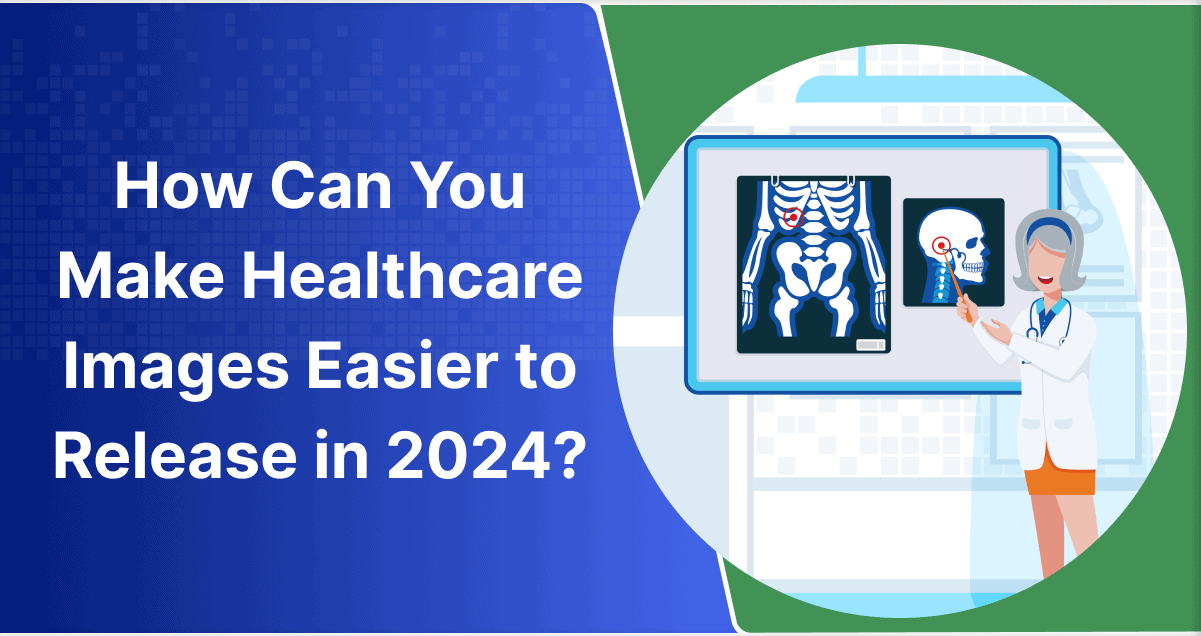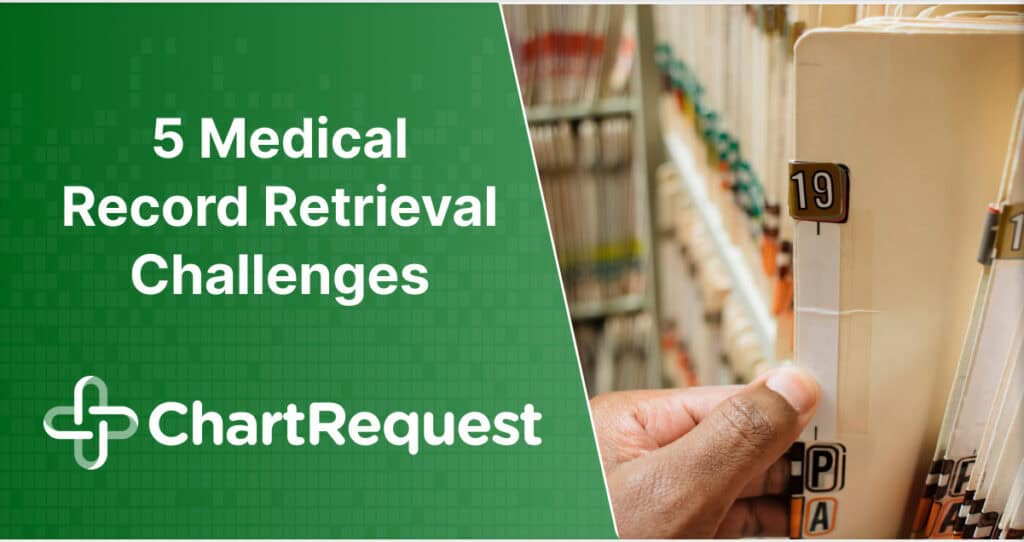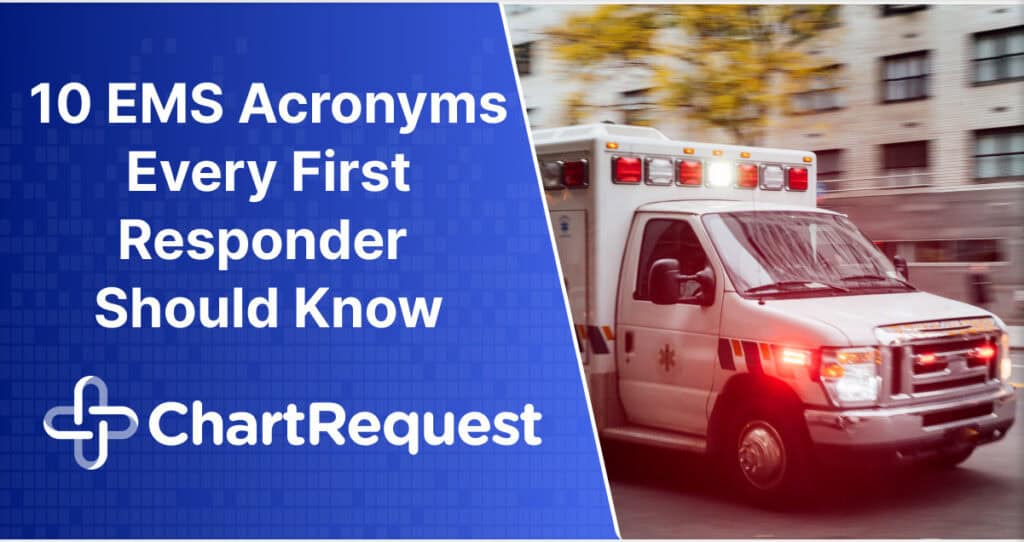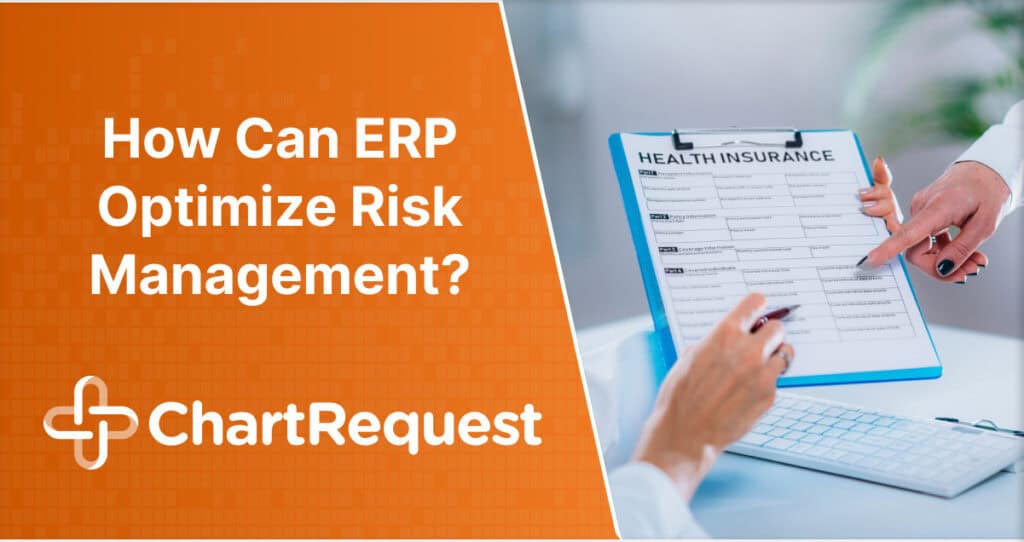Digitizing medical records promises efficiency, but obtaining healthcare images can oftentimes be more challenging than standard, text-based medical records. Despite the challenges, healthcare images can be crucial for effective care.
These pictures have revolutionized modern medicine, offering an unparalleled insight into human anatomy. Medical imaging is not a mere tool for disease detection; technology has redefined how medical professionals approach and practice medicine.
The true strength of medical imaging is its role in early diagnosis. Once elusive conditions are now identified at early stages. This timely identification of diseases, enabled by healthcare images, dramatically transforms treatment options.
Early detection often translates to more effective treatments. It leads to better patient outcomes and improved quality of life. Current data shows that 50-60% of diagnosed cancer patients benefit from treatments guided by healthcare images.
However, given its pivotal role, healthcare image exchange has its own challenges. The release of information process, when it comes to medical imaging, is full of bottlenecks. This throws a wrench in what’s supposed to be an efficient process of a medical records request.
The importance of accessing healthcare images as soon as possible cannot be stressed enough. In this article, let’s explore the challenges of sending and receiving medical imaging.
What are Healthcare Images
Healthcare images, in the most straightforward sense, are visual representations of our bodies. 10 common types of medical images include:
- X-rays: Widely utilized in medical imaging, X-rays produce distinct black-and-white images. It’s used for examining bones and identifying fractures or infections.
- Computed Tomography (CT) Scans: Also called CAT scans. These sophisticated imaging tools use X-rays to generate detailed cross-sectional images of the body. The images are invaluable for visualizing soft tissues, blood vessels, and organs.
- Magnetic Resonance Imaging (MRI): Leveraging potent magnetic fields and radio frequencies. MRI procedures give us detailed images of organs and tissues. They are particularly effective for examinations of the brain, spinal cord, and joints.
- Ultrasound: Utilizing high-frequency sound waves and usually used throughout pregnancies. Images produced by ultrasound help monitor fetal development. They’re essential for examining organs such as the heart and kidneys.
- Positron Emission Tomography (PET) Scans: These scans provide crucial metabolic data. When combined with CT scans, they offer both detailed anatomical and metabolic information. PET scans are fundamental in oncology for detecting tumors.
- Fluoroscopy: This technique employs continuous X-ray imaging to produce real-time moving images. They prove essential during angiograms or to guide the placement of medical devices inside the body.
- Nuclear Medicine: This method involves introducing minor amounts of radioactive materials into the body. It then produces images that provide insights into the function of organs or tissues.
- Digital Subtraction Angiography (DSA): A key tool for visualizing blood vessels, DSA can detect blockages.
- Mammography: A specialized form of X-ray designed for visualizing breast tissue. Mammography is vital for early detection of breast cancer.
- Bone Densitometry (DEXA): DEXA measures bone density using X-ray. It helps in assessing fracture risks.
The Evolution of Medical Imaging
Medical imaging has a long and impressive history, which started with the accidental discovery of the X-ray. The advancement of this technology tells a story of our continuous efforts to better understand the human body.
In 1895, Dr. Wilhelm Conrad Röntgen gave us the first look into our bodies with X-rays. This wasn’t just a medical breakthrough, but it also shifted the way we approached diagnosis and earned him the first Nobel Prize in Physics.
In 1972, British engineer Godfrey Hounsfield of EMI Laboratories and physicist Dr. Allan Cormack introduced computed tomography (CT) scans. This allowed us to see the human body’s layers in clear detail. It became so essential that from three million CT scans in 1980, it jumped to 60 million in 2005.
In 1977, Dr. Raymond Damadian used a Magnetic Resonance Imaging (MRI) machine to create the first MRI images. Using strong magnetic fields, MRI provides sharp images of the body’s soft tissues, making diagnosis even more accurate.
AI has now also entered the arena, creating excitement around the combination of artificial intelligence with medical imaging. Experts expect AI to usher in even faster and sharper diagnostic results for patients.
Uses and Benefits of Healthcare Images
Diving into healthcare helps you realize the integral role medical imaging plays. Healthcare images are at the core of diagnosing, treating, and ultimately healing.
Uses of Healthcare Images:
- Diagnostic tool: Diagnosis is the primary purpose of healthcare images. From fractures to complex neurological disorders, they light the path for professionals. A staggering 70% of diagnostic decisions hinge on healthcare images.
- Guide in surgical procedures: The surgeon’s scalpel moves with precision. His movement is often guided by the clarity of real-time imaging which makes procedures safer and more accurate.
- Monitoring progress: After treatments, these images help inform a patient’s journey toward recovery. Comparing medical imaging of pre and post-op ensures healing is on the right track.
- Research and study: Excelling in the medical field means a doctor possesses a curious mind. These images are a treasure trove that provides a continuous source of knowledge and insight.
Benefits of Healthcare Images:
- Timely interventions: The clock in healthcare never stops ticking. Imaging, especially tools like mammograms, has heralded early cancer detection. This technology has helped slash breast cancer mortality rates by 41% through early detection.
- Non-invasive diagnostics: MRI and Ultrasound offer in-depth insights while sparing the patient from the discomfort of invasive methods.
- Personalized treatment plans: Treatments are better customized for the patient’s optimal recovery with the help of imaging.
- Cost-effective: Though the initial price tag might raise eyebrows, the long game reveals savings. For every $1 spent on in-patient medical imaging, you save $3 in the long run.
Medical images are driving healthcare to new heights. From detection to recovery, their impact is profound and undeniable. Their role is poised to become even more instrumental in sculpting the future of healthcare.
Why Healthcare Images Are Challenging to Release
With great power comes great responsibility, and releasing healthcare images requires a high degree of responsibility. Whether it’s for a patient’s records, a cutting-edge research project, or a legal case, every release follows a process.
Why the Hold-Up?
On the surface, releasing an image might seem straightforward. But peel back the layers, and you’ll see it’s anything but. The sensitive data they carry can enlighten the medical community or be used for ill intent – hence the complex security.
Here’s What We’re Up Against:
- Privacy concerns: Patient privacy is the biggest hurdle in releasing medical images fast. With HIPAA watching every move, scrubbing patient data from images is non-negotiable. And it’s a meticulous process, and a slip-up can lead to millions of dollars of HIPAA fines.
- Tech challenges: Tech is a godsend until it isn’t. With countless imaging technologies peppered across healthcare institutions, compatibility can be a challenge.
- Interpretation errors: A medical image without context is like a book written in a foreign language. A patient’s personal interpretation can easily spiral into unnecessary worry.
- Data silos: We’re churning out images at breakneck speed. Storing them? Challenge accepted. But ensuring they’re both accessible and secure? Interoperability despite data silos is a taller order.
Releasing healthcare images is like walking in a minefield. The promise of groundbreaking research, elevating patient care, and better collaboration is like a beacon. But with hefty challenges lining the path, striking the right balance is crucial.
ROI: Modern Solutions to the Age-Old Challenge
Problems change, but so do the answers.
Releasing healthcare images has been a long-standing issue. Traditional, outdated methods are filled with paperwork and delays. Now, technology is on the scene, ready to make big changes.
Benefits of Using Release of Information (ROI) Software to Share Medical Images:
- ROI software has brought in smoothness, cutting out mistakes and repeated steps. No more stacks of papers, only straightforward processes.
- Top-notch ROI software comes with strong protection, ensuring every patient’s details are safe.
- ROI software works well with other electronic healthcare systems. For example, ChartRequest works well with all EMRs and features total integration with athenahealth and ModMed.
The main aim of ROI stays the same: give easy access to healthcare images without risking data safety. This means fast delivery and correct information are crucial.
Securing Your Healthcare Data with ChartRequest
ChartRequest, the #1 release of information software, helps healthcare organizations balance rapid access and HIPAA compliance. For us, it’s more than just software; it’s peace of mind for healthcare providers.
Fast and Reliable: Medical decisions often hinge on timely data access. ChartRequest removes the waiting game. We’ve designed our release of information software to maximize speed without compromising accuracy.
- Fast access: ChartRequest enables users to fetch necessary data in record time. This is a testament to our dedication to ease of access to patient data and elevate patient experience.
- Dedicated servers: We make sure our technology is available to requestors at all times.
HIPAA Compliance: Data security is a mandate we take seriously. ChartRequest not only understands this but ensures it’s at the core of our operations.
- Strict protocols: Adhering to the stringent standards set by HIPAA, ChartRequest’s processes ensure data remains confidential and secure.
- End-to-end encryption: Data transmitted across ChartRequest’s platform are always encrypted at rest and in transit. A study from Cybersecurity Ventures underscores the increasing importance of such measures, as Global ransomware damage costs could reach $10.5 trillion annually by 2025.
User-Friendly Interface: ChartRequest is all about simplicity on the surface, even when it’s backed by sophisticated technology.
- Intuitive Design: The interface is designed with healthcare professionals and patients in mind, and our white-glove support team is ready to serve your entire requestor community.
- Training and support: Our white-glove service has helped us achieve an average of 4.8 stars on Google with over 650 reviews.
ChartRequest is the gold standard in health information exchange. Helping institutions keen on delivering top-notch patient care while also prioritizing data safety is our mission.
The Future of Healthcare Imaging and Record Retrieval with ChartRequest
Imaging techniques are advancing at an unprecedented rate. right now, we have images of sharper resolutions and more intricate data points.
As these methods evolve, the necessity for platforms like ChartRequest becomes even more pronounced. We stand unmatched, not only addressing current needs but also poised to adapt to the future’s evolving demands.
ChartRequest is not just a solution; it’s a proactive approach when it comes to data retrieval and security.
Be it X-rays or MRIs, ChartRequest handles it all, making sure every image is ready to be seen, sent, or saved securely.
Don’t just adapt to the future; shape it. Partner with ChartRequest and be part of the revolution in healthcare imaging and record retrieval. Your future in healthcare imaging deserves the best.








